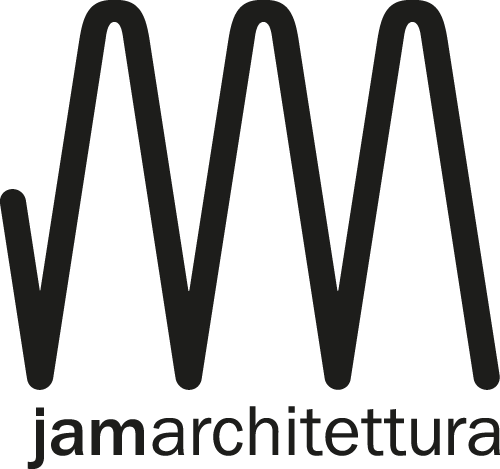AIRPORTS RAILWAY: SE SHAPE IS EQUAL TO THE SUBSTANCE
Public game for the Milan urban policy
of Jacopo Muzio
original article: http://www.arcipelagomilano.org/archives/44803
The 25 October was organized at the Council of Zone 3 an interesting evening on the Milan railway stations, where among the many acts, The research was presented entitled "Transformations of the railway stations, results of a comparison of expectations, needs and desires of local actors"Conducted in 2013 by the Department of Architecture and Urban Studies at Politecnico di Milano for the Municipality of Milan in order to systematise the "civic" contributions on the theme: Zone Tips, neighborhood committees, associations, etc.
A useful and inspiring document that hopefully the City Council had to take into account, since the railway stations, along with other areas in Milan "stand by”, will the game / opportunities on which citizens will judge the political figure and ethics of this and the upcoming local councils.
One aspect perhaps not yet sufficiently investigated, at least in the many articles and discussions on the topic known (the next will be held at the current Foundation 24 November), and the "come"It is assumed to take place - in the distant future, given the extent of areas of FS properties, currently Guaranteed clear - these transformations, regardless of "what"Or"how much”. It is argued by many that a "structural" proposal is to use all short already established European models in successfully managed the city center left. Paris is worth a mass, But what is the limit of the concessions that a government is willing to accept?
In the French capital the processing areas are expected to land largely in public ownership, or in areas acquired by subsidiaries of the City (also the subject of a transmission of the Report 04/05/2008) foreseeing, for the residential part, accommodation for 2/3 public and 1/3 private (district Bercy), or, alternatively, 1/2 public and 1/2 private, equipping public transportation areas of large retailers. The company that makes real estate transactions is always mixed capital: 51% common, 49% private limited company. The City bought the land, them lottizza, it enhances the viability, It builds equipment, schools, gardens. The purchase of lots the City takes the money he invested, in a financial balance system aimed at a balanced budget.
The public interest is guaranteed since the company premises with an integrated urban project, the private interest is favored having as guarantor of real estate transactions the municipality itself, the strength of its economic structure, administrative and technical, preparatory investment and planning. Finally, last but not least, the architectural design of each lot is done only through open competitions, By law. Translated with a neologism: the City is the entrepreneur, a bit 'as happened on a regional scale with Expo S.p.A..
In Milan, would facilitate review and also the natural urban regeneration policies by individual private property owners, for example by expanding the tax advantages, today were present only in the buildings Improvement, Substitutions also to Edilizie (demolition and building anew, with increase in volume, in the grounds of existing buildings, no new land use, with energy efficiency of the new building products), with particular reference to the costs of urbanization.
A model of development - if there ever was a need for one in Milan, saw the housing supply surplus medium-high and shortages of low-end offer end, which is constantly growing demand - "simple" and effective, radically different from that experienced in recent Milanese urban transformations, private initiative aimed at maximizing profits, the much debated vertical city.
An urban regeneration model that has deep roots in the history of Milan, the city of Cattaneo, dell'Umanitaria, Antonio Greppi, Aldo Aniasi ... . A testimony, which is worth more than a dedication, It is to Lidia De Grada in "Lady companion” (Teti Editore, 1994) which brings his experience of "representative of the people" in local institutions for thirty-five years in the P.C.I. file, first as a city councilor in Milan, then as commissioner in Rozzano in the seventies. Mayor for many mandates was Giovanni Foglia, Farmer and former partisan, of which De Grada writes "when the question was to welcome many immigrants, urban planners and architects commissioned to redesign the agricultural country, without losing the connotation of everything. His passion was the green and to get it he was charging the owners of the areas that wanted to build the infrastructure costs (tall), share in cash, part of the sale to the City of green spaces. The common, under his administration, He had become the largest landowner”. Rozzano like Amsterdam, but the future is no longer what it once was.


